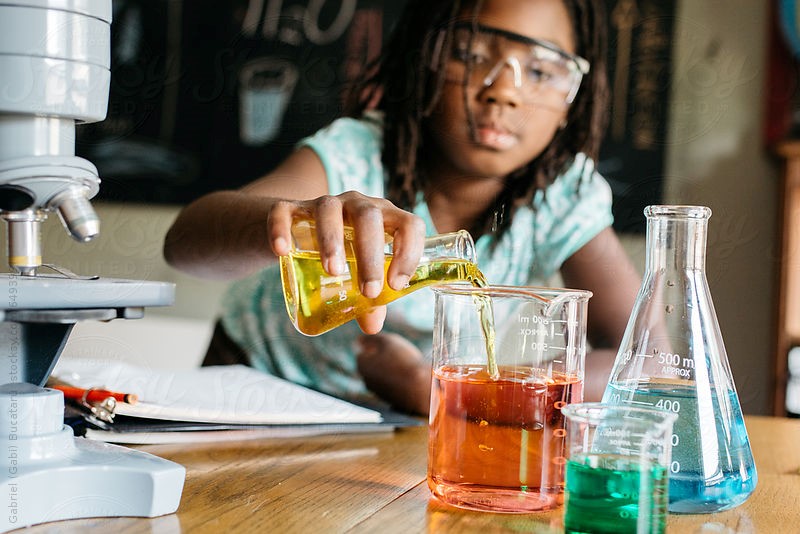
Students First STEM Content Second
Some perceive that the STEM education reform movement began a few years ago. It did not. STEM educators have been trying to improve the way STEM subjects are taught and to increase underrepresented students’ access to these disciplines for more than 40 years—to my knowledge, since Sputnik. The work is slow, considering how long it took to acknowledge nationally the contributions of hidden women: physicist, Katherine Johnson; computer scientist, Dorothy Vaughn; and engineer, Mary Jackson.
The efforts of other hidden figures not only drew me to chemistry, but also enabled me to survive two degrees in chemistry. I internalized what my elders said, albeit some of what they were attempting to communicate made absolutely no sense 25 years ago.
In the important and seemingly never-ending effort to improve STEM education, how often do we slow down and ask the question: Ultimately, what is the goal of our efforts to improve all aspects of STEM education? The answer, I think, must always be focused on improving the lives and academic prospects of all students—not a privilege few.
Some students might not be content-knowledge savvy when they enter STEM education spaces, but they possess intellectual assets. Therefore, as diverse people with interdisciplinary content knowledge, backgrounds, and funds of social and emotional capital enter and mature in STEM education spaces, they will influence the goals, knowledge, and culture of STEM and STEM education as well as challenge narrow assumptions about who is capable of learning and doing STEM.
Academic or professional success in STEM disciplines—engineering, chemistry, biology, mathematics, neuroscience, robotics, information technology, and physics—is not reserved for a small, too often single-digit, percentage of the U.S. population.
Consider Partnering with Innovative Learning Centers
Innovative Learning Center partners with world-class institutions to change the common narrative of youth deficit to one of assets and abundance. We work to catalyze the next generation of STEM innovators and entrepreneurs. We provide educational services, research and evaluation consulting, data storytelling technology, logic model development, and innovative STEM programs to evolve academic and life success. Our consultants facilitate professional development for culturally responsive teaching and learning for students and adults. Together, we socially innovate the realm of STEM education, creating inclusive STEM cultures, where people feel like they belong and that foster diverse 21st century achievement.
APA Citation for this Blog Post
Blackmon, A.T., Students First STEM Content Second https://www.ilearningcenter.education/2017/05/students-first-stem-content-second/
Additional Relevant Citations
Williams, D.A., & Blackmon, A.T. (2015). College Me, Career Me: Building K-12 Student Identities for Success in Engineering. Eds. Slaughter, Tao, Pearson, 2015. Changing the Face of Engineering: The African American Experience. Johns Hopkins University Press, Baltimore, Maryland.